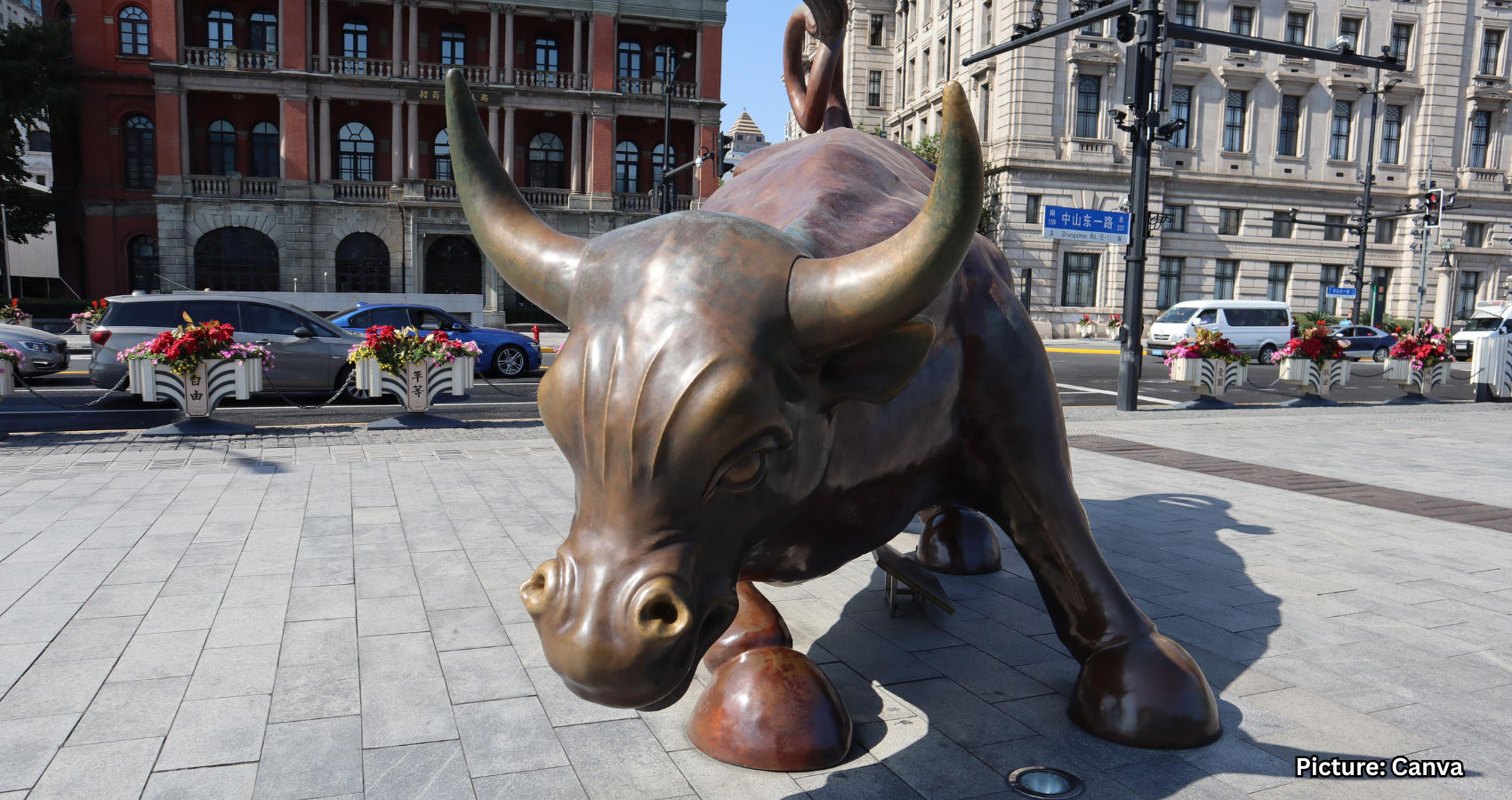The end of a bear market in April and subsequent market activity signal the beginning of a new bull market, according to Morgan Stanley’s Mike Wilson, who advises investors to keep buying market dips.
The stock market’s tumultuous selloff in April has marked the end of a bear market and ushered in a new bull market, according to Mike Wilson, Morgan Stanley’s chief U.S. equity strategist and chief investment officer. In recent comments, Wilson explained that while market volatility is to be expected, it should not deter investors from buying on market dips, as he believes the bull market remains in its early stages.
Wilson shares a perspective that may alleviate growing concerns regarding a potential U.S. recession. He notes that the nation experienced a “rolling recession” over the last three years, which has now concluded. The sharp downturn in the stock market witnessed in April, exacerbated by unexpected tariffs introduced by then-President Donald Trump, marked the definitive end of the bear market, Wilson shared during an interview on Bloomberg TV.
“Now we’re in a new bull market, and capital markets activity is just another sign that that analysis, or that conclusion, is probably correct,” he said.
Wilson highlighted that any market turbulence or consolidation phases along the way are not just normal but favorable compared to a market that climbs continuously without correction, as seen in 2020. The recent trajectory of the stock market, characterized by sharp drops followed by swift recoveries—typified as a V-shaped recovery—reflects this sentiment.
In April, the S&P 500 plummeted nearly 20% from its previous high but has since rebounded by approximately 30%, achieving new record highs and a year-to-date increase approaching 9%.
Despite the impressive recovery, Wilson predicts interim moderation in the stock market during the third quarter, presenting an opportunity for continued investment in the rally.
“I want to be very clear: it’s still early in the new bull market, so you want to be buying these dips,” Wilson stated.
In a note circulated last month, Wilson proposed that the S&P 500 could potentially reach 7,200 by mid-2026, suggesting that he leans towards a more optimistic, “bull case” scenario. His predictions are underpinned by robust corporate earnings, increased AI integration, a weakened dollar, Trump-era tax cuts, pent-up consumer demand, and anticipated Federal Reserve interest rate cuts in early 2026.
Wilson’s outlook aligns with an emerging wave of optimism among leading Wall Street analysts, who are growing increasingly hopeful as trade tensions ease, facilitated by new trade agreements.
Reflecting this sentiment, John Stoltzfus, Oppenheimer’s chief investment strategist, raised his S&P 500 target for 2025 from 5,950 to 7,100, restoring his December 2024 forecast. Should the S&P 500 achieve this milestone, it would indicate a 21% gain for the year, marking a third consecutive year of substantial growth not witnessed since the booming U.S. economy of the late 1990s.
The vigorous dip-buying activities by retail investors, contrasted by cautious stances among institutional investors, have further propelled the market. However, the success of buying dips has made it increasingly challenging as investors race to capitalize on the slightest market declines, which in turn accelerates recoveries.
Steve Sosnick, chief strategist at Interactive Brokers, told CNBC that the lifespan of market dips continues to shorten as investors, anxious to seize opportunities, rush to purchase at the first hint of a downturn. He advised against impulsive dip-buying, recommending instead that investors perform thorough analysis to pinpoint stocks of genuine value.
Sosnick warned of the risks that accompany hasty dip-buying strategies, including the potential of investing in stocks that persistently decline in value. “The market has a way of making the maximum number of people wrong at the most inopportune time,” he added.
With the market poised at the dawn of what Wilson and other strategists see as a promising bull phase, it remains imperative for investors to stay informed and exercise discernment in navigating potential opportunities and pitfalls.
Source: Original article

